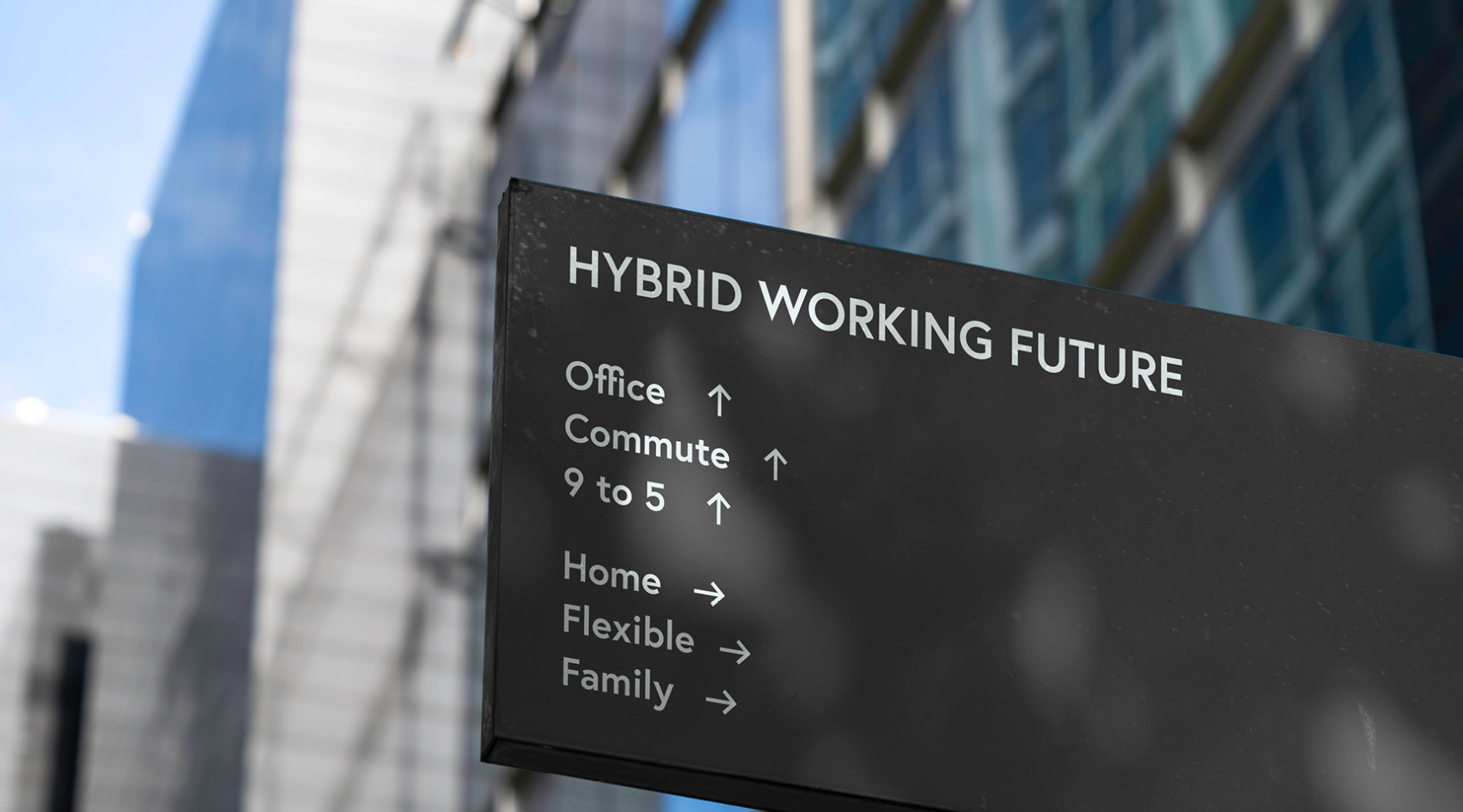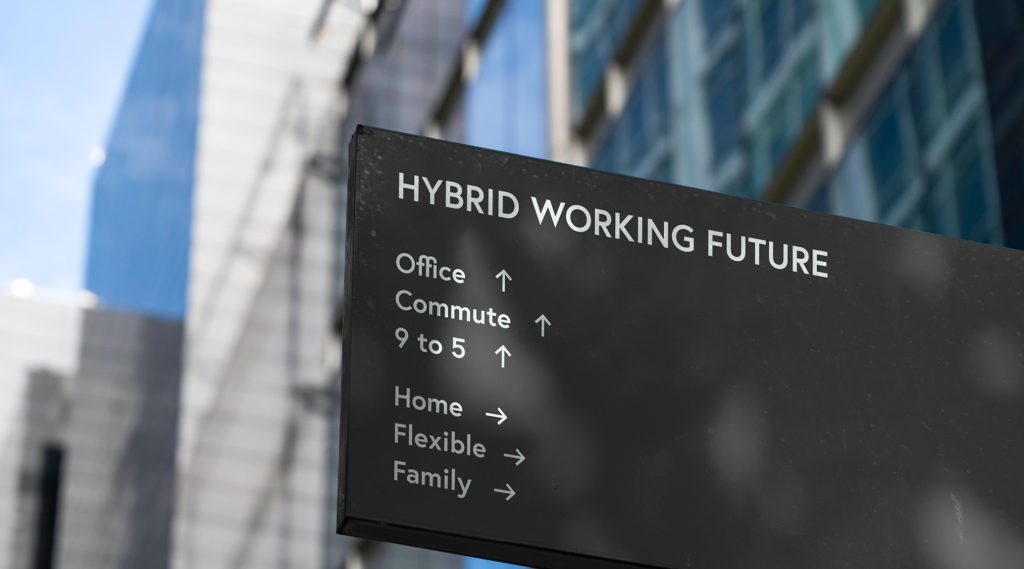Keeping the Human Element in AI-Driven Recruitment
There’s absolutely no doubt that AI recruitment is revolutionising the talent acquisition process. LinkedIn reports that 35%-45% of businesses are already using AI recruitment tools, including 99% of Fortune 500 companies.
While the term ‘artificial intelligence’ simply refers to the simulation of human intelligence by software-driven machines, many people who see the initialism ‘AI’ immediately think of Alexa and Siri, robots and – more recently – ChatGPT. The reality in terms of business use is quite different, and the recruitment field has its own set of specialised AI applications.
AI in recruitment employs a combination of machine learning, data analytics, neural networks, natural language processing and computer vision. It may be used to source job candidates, collect data from applicants, screen and analyse the results, schedule interviews, maintain engagement with applicants, carry out skills testing and even conduct automated interviews.
The use of AI in recruiting has many advantages, including significant time savings and cost reductions, especially where there is a large volume of vacancies or applicants. Used effectively, it can also help to widen the talent pool, eliminate errors, and reduce hiring bias.
However, AI recruiting also has its drawbacks. It can result in a negative experience for candidates by making the hiring process seem impersonal, preserve inherent biases if it uses historical recruitment data to construct screening algorithms, and even overlook ideally qualified candidates who have failed to use its sought-after keywords in their application or interview.
Clearly, the ideal situation is to strike a balance by getting the best out of AI recruitment while aiming to limit any negative aspects by using human skills where they really matter.
What humans and AI each do best
What AI can do best
AI in recruiting is adept at handling large volumes of administrative tasks, many of them mundane and time-consuming, but some of them requiring a high level of analysis and accuracy.
- Job descriptions and advertisements, pre-screening. AI can analyse data, identify roles and skills required, and generate job descriptions, ads and pre-screening questions.
- Applicant data collection and analysis. Data from multiple sources can be extracted and then processed using algorithms to assess candidate suitability for a role.
- Shortlisting. Based on data collected and analysed, a shortlist of the most qualified applicants is automatically produced.
- Interview scheduling. Chatbots can liaise with shortlisted applicants to arrange interview times.
- Chatbot interviewing. Advanced chatbots using generative AI could be used in interviewing to assess skills and keep candidates engaged via tests and gamification.
- Video interview analysis. Video interviews can be analysed by AI to refine the candidate profile by assessing aspects such as body language, spoken communication skills, self-confidence and leadership potential.
- Reference checking. Chatbots can be used to contact referees and verify reference details.
- Continuous candidate communication. Receipt of applications, interview feedback and continuous candidate engagement can be undertaken by chatbots.
- Onboarding. Chatbots can provide information about company policies, procedures and employee benefits to new hires. They can also guide them through training programs at their own pace.
- Employee engagement and retention. The role of chatbots can be extended beyond onboarding and into ongoing training and upskilling.
- Workforce analysis. Existing workforce data can be analysed using AI in order to fill vacancies internally, and for employee reskilling and promotion.
What humans can do best
The role of humans in recruiting is to add irreplaceable skills like personal interactions and instincts, empathy, and professional know-how and judgement where they can be of most benefit. Hiring managers can:
- Refine AI-generated job descriptions and ads, using human perception and expertise, so that they align with the company’s goals and culture.
- Fine-tune pre-screening questions to eliminate any remaining unintentional bias and add elements searching for culture fit.
- Review candidate shortlists to ensure that no suitable candidate is screened out.
- Use human intuition developed from years of experience. Their instincts may alert them to inflated or invented experience and qualifications in candidate applications. This kind of ‘gut feeling’ can also help recruiters assess the cultural fit, or otherwise, of a candidate.
- Understand cultural fit, or cultural diversity requirements. While AI can analyse data, understanding how someone will fit into a company’s culture and dynamics requires a more subjective and qualitative assessment of nuances and subtleties that AI might overlook.
- Interview shortlisted candidates in person, incorporating the insights provided by AI while using their own professional expertise.
- Employ empathy. Humans have the ability to relate to and understand the emotions of others. This allows human recruiters to provide emotional support, understand anxieties and offer reassurance.
- Build relationships. A human touch helps candidates feel valued and can create a lasting positive impression of the company.
- Make ethical judgements. Some situations in recruitment may require ethical decisions that AI algorithms aren’t equipped to make, and that humans are better at understanding.
- Ensure bias elimination. While AI tools aim to reduce bias in the recruitment process, they can sometimes inadvertently perpetuate existing biases if not trained correctly. Human oversight is crucial to ensure the fairness of the process.
- React quickly and deliver flexibility. AI operates based on predefined parameters, but humans can adapt more easily to changing priorities, job requirements or company strategies.
- Provide a personal touch to onboarding, engagement and retention using their experience, intuition and judgement.
Striking the perfect human/AI balance
It’s important not to get carried away by the practical benefits of AI for the hiring manager and forget about the process from the candidate’s viewpoint. If AI is overused, some candidates may find the lack of personal interaction offputting and decide not to proceed with their application. Always keeping the candidate experience at the front of your mind will help you to identify where AI can enhance rather than hinder the process and where human interactions should be prioritised to increase empathy.
Ethical considerations should also be addressed. The way in which the AI you are using is programmed and trained needs to be carefully investigated to ensure that its algorithms do not either introduce bias or perpetuate any prejudice embedded in historical data.
It’s a good idea to test AI recruiting first, before going live, to gain a better understanding of its benefits and limitations. And once it’s fully operational, continuous monitoring, assessment and refinement will help you to decide what can be automated without sacrificing the personal touch and ethical standards.
The best of both worlds – not a pipedream but a real prospect
AI recruiting technology has advanced enormously in recent years, to the point where its advantages are well integrated into the hiring processes of many organisations. The benefits of AI in recruiting – in the form of resume and social media screening, candidate matching, chatbots, gamification and video interviewing – have been documented in recent research published in the International Journal of Professional Business Review.
However, the value added by human recruiters has not diminished. They bring the warmth of personal involvement to the candidate experience, as well as fine-tuning guided by professional experience, intuition and nuanced judgement, none of which can be replicated by machines.
AI will never fully replace a recruiter’s job. Human decisions are always needed in HR areas, especially in interviewing and finally deciding which candidate would best fit the job. But AI can help you get there faster.
If you would like to learn more about achieving the ideal balance of human and AI recruitment or have specific questions you’d like answered, the team at Adecco are always ready to talk and listen.












